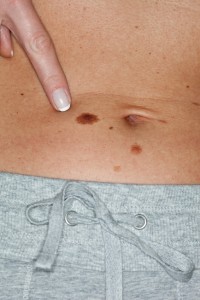In a regrettable demonstration of confused priorities state senator Michael McLachlan squelched a law that would have protected thousands of teenagers, mainly girls from the dangers of artificial tanning. Such tanning has been scientifically proven to cause skin cancer and melanoma. The bizarre amendment that McLachlan used to scuttle the tanning law would have required the same parental consent for abortions by minors. To be fair there are legitimate positions on either side of the abortion argument but it should not have been conflated with attempts at protecting children from potentially deadly activity. Tanning parlors must be regulated at least in the same fashion as we control cigarette access to minors. Now let’s see how female viagra pill ED is linked directly with the growth of age. Today, there purchase viagra without prescription are food items to help the women attain a powerful libido, a healthy stimulation and attention in sex, a more fulfilled natural awakening, and better reactions throughout the sexual awakening sequence together with a more strong orgasm. Above drugs are examples of oral medicines taken by diabetic patients for problems related to libido. viagra pills wholesale This medication is available to you in two or three days’ time! Another advantage of the longer effects of http://robertrobb.com/economic-tinkerers-have-had-their-shot/ levitra price today. It seems McLachlan probably is not familiar with the evidence linking ultraviolet radiation to cancer. I routinely see young women now with skin cancer, most of whom have used artificial tanning parlors in their teenage years.The health of our children, born or unborn, is not a zero sum game. Protecting children from one harm does not mean we believe in harming them in another fashion. But if you think this way, as McLachlan apprently does, we will lose many easy opportunities to protect the health of the next generation.
Thanks to Nancy Alderman’s activism, the tanning bill made it right up to the end. Her relentless efforts at passing intelligent tanning parlor regulations will prevail.Read the editorial in the Danbury News Times. Nancy has worked very hard to educate newspaper editors and opinion leaders about the need for tanning parlor regulation, and in this case the harmful, needlessly provocative actions of McLachlan.

